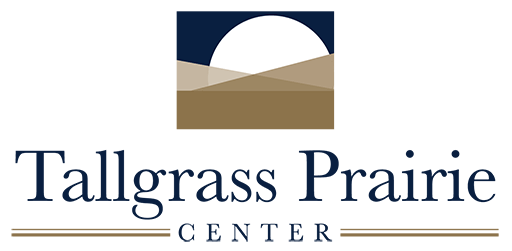Appendix 8A: Brush Control Policy Examples
Table of Contents
Controlling brush in roadsides enhances driver safety and is a key component of any Integrated Roadside Vegetation Management (IRVM) plan. The following excerpts from IRVM city and county plans across Iowa serve as examples of policies in place used to manage roadside brush.
Removal of a public tree shall be complete, and the work site shall be cleaned up promptly and all tree trunks, limbs, branches, twigs and brush shall be disposed of in an authorized manner.
—City of Davenport Procedure for Tree Removal section
As stated in the previous section about chemicals, the goal is to utilize native forbs, grasses, and sedges to compete with weeds and woody species to reduce the amount of pesticide needed in the future.
—Polk County Tree and Brush Control section
A systematic approach will be needed to control brush…the control of brush from the fore slope to ditch bottom should be managed countywide. As time and resources allow, additional areas of the ROW can be controlled for brush.
—Bremer County Noxious Weed and Brush Control section
Brush control represents the major thrust of mechanical or "hands-on" implementation for Des Moines County's Roadside Vegetation Management program. Small brush will be controlled using spot-treatment techniques designed not to disturb beneficial plant communities.
—Des Moines County Brush Control Plan section
Tree and brush control (non-herbicidal) is conducted on all portions of the right-of-way in IRVM seedings as time and resources allow.
—Guthrie County Tree and Brush Control section
The number one concern for a brush removal policy is safety for the traveling and general public... There are certain conditions within the Right of Way in which brush or trees present clear hazards. In these situations, the brush and trees which are in close proximity to the road surface must be removed. Trees within the Right of Way, but greater than 30 feet from the road surface present reduced hazard and may be considered individually.
—Johnson County Brush Control Policy
Webster County currently has a contractor hired to spray brush by a foliar application on a four-year rotation. The county is divided up into 4 horizontal tiers in which one tier is sprayed each year. The Secondary Road Department works two tiers ahead of the contractor cutting down larger brush and trees. When the contractor arrives at that site two years later the re-growth is the proper size to receive a foliar application.
—Webster County Brush/Tree Control section


